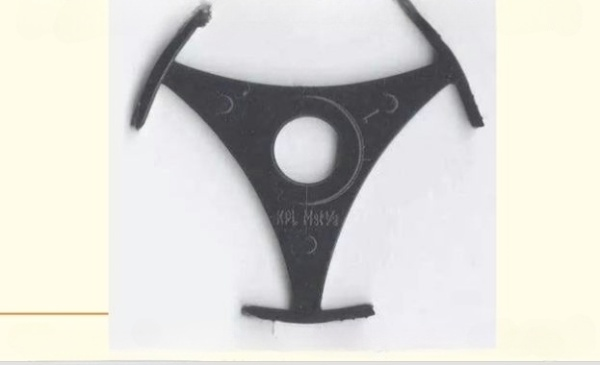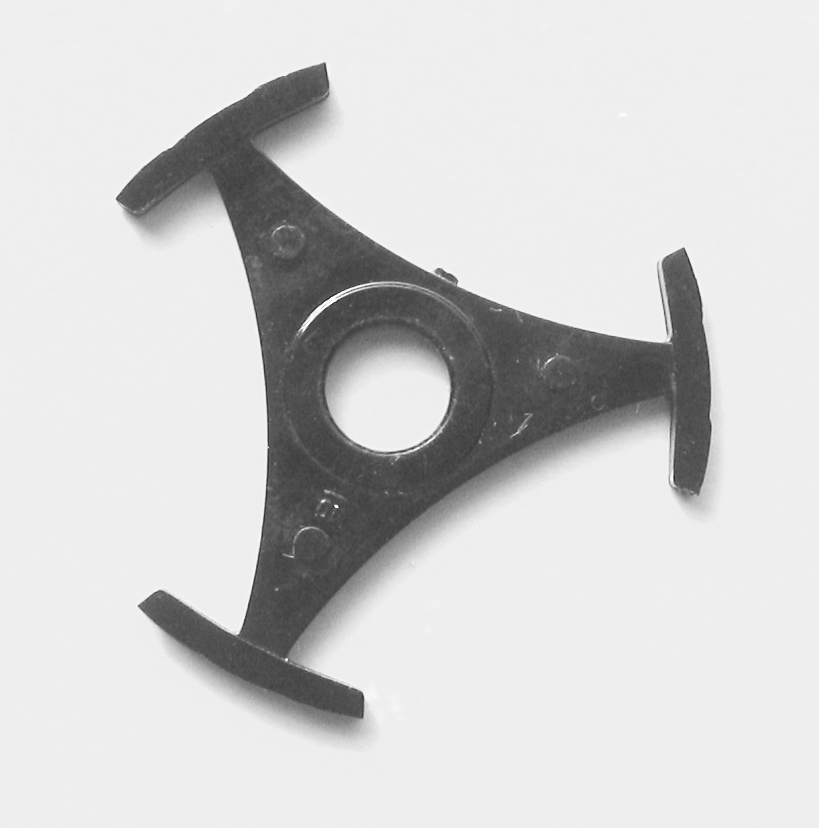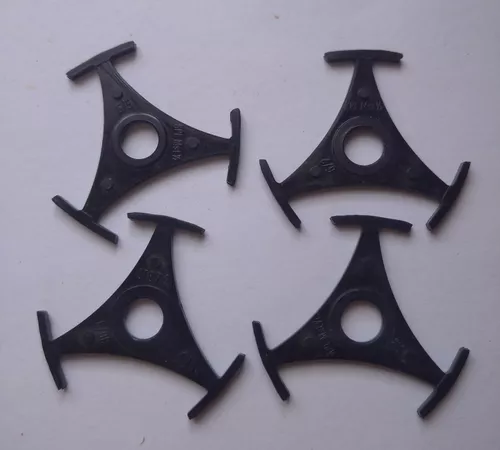The 45 rpm record adapter, also known as a 45 adapter, spider, or spindle insert, is a deceptively simple yet ingenious device that changed the way we listen to music. While it may appear to be just a small piece of plastic or metal, its role in the golden age of vinyl was anything but minor. For vinyl enthusiasts, the 45 adapter is not only a practical accessory but also a nostalgic symbol of a bygone era.
What Is a 45 RPM Record Adapter?

A 45 rpm adapter is a small device that fits into the larger center hole of a 7-inch, 45 rpm record, enabling it to play on a turntable with a standard-sized spindle. Without this adapter, the record would wobble or fail to play properly. The adapter’s design varies, from simple circular inserts that snugly fit into the record to larger adapters that fit over the spindle, allowing for multiple records to be stacked and played in sequence.
Larger spindle adapters, often found on automatic record changers, allowed users to load several 45s at once. This early version of a playlist offered a seamless listening experience, with the adapter acting as the critical bridge between the record’s design and the turntable’s mechanics.
The History of the 45 RPM Adapter
The story of the 45 rpm adapter dates back to the mid-20th century, a period marked by intense competition among record companies. Each sought to dominate the evolving music market, and the adapter played a surprising role in this battle.
The First Adapters: A Rocky Start
The earliest 45 rpm adapters were introduced by the Webster-Chicago Corporation (Webcor). Made from solid zinc, these adapters were durable but notoriously difficult to use. Inserting them into a record required significant effort, and removing them often risked damaging the vinyl. Shortly after, Fidelitone released its own version, but it too faced criticism for its lack of user-friendliness.
Capitol Records’ Punch-Out Centers
Capitol Records attempted to simplify the process with its “Optional Center” or “O.C. 45” design. These records featured a triangular or circular punch-out center, which could be removed to fit a standard 45 rpm spindle. While innovative, this design was only partially successful due to limited adoption and occasional inconsistency in execution.
RCA’s Spider Adapter: A Game-Changer
The RCA Corporation revolutionized the 45 rpm adapter with the introduction of the plastic snap-in spider. Lightweight, inexpensive, and easy to use, this adapter addressed many of the challenges posed by earlier designs. It allowed 45s to be played effortlessly on turntables with smaller spindles, making the format more versatile and accessible.
One notable variation of the spider adapter, the Hutchison adapter, featured small drive pins that locked stacked records together. This innovation prevented slippage during playback, enhancing the user experience for those who enjoyed stacking their singles.
Why the 45 RPM Adapter Was So Important
The 45 rpm adapter wasn’t just a tool—it was a cultural cornerstone of the vinyl era. Its impact extended far beyond its practical function, influencing how people experienced and appreciated music.
Democratizing Music
The adapter bridged the gap between different record formats, ensuring that 45 rpm singles could be enjoyed on a variety of turntables. This accessibility made it easier for fans to explore new music, from Elvis Presley’s early hits to the chart-topping singles of the Motown era.
Driving Innovation
The competition to create the most user-friendly adapter spurred innovation. Each manufacturer sought to outdo the other, resulting in a variety of designs that catered to different preferences and needs. This spirit of innovation reflected the dynamic nature of the music industry during the vinyl era.
Aesthetic Appeal
Over time, the 45 adapter became more than just a functional accessory. With options in vibrant colors like yellow, red, and blue, as well as unique shapes, adapters added a touch of personality to record collections. For collectors, these small pieces became cherished artifacts of vinyl culture.
How Adapters Enhanced the Listening Experience

Adapters were especially crucial for users of automatic record changers, which allowed multiple 45s to be stacked on a spindle and played in succession. These changers turned the 45 rpm adapter into a multi-functional tool, enabling hours of uninterrupted music. The design ensured smooth transitions between tracks, making it a staple for jukeboxes and home entertainment systems.
Challenges of the 45 RPM Adapter
Despite its many advantages, the 45 adapter wasn’t without its flaws:
- Fit and Compatibility Issues: Not all adapters were universally compatible with every 45 rpm record, leading to occasional playback problems.
- Durability Concerns: Plastic adapters, while convenient, were prone to wear and tear, whereas metal adapters risked damaging the vinyl if not handled carefully.
- Standardization Problems: With multiple manufacturers producing adapters, the lack of uniformity sometimes frustrated users.
These challenges, however, were far outweighed by the adapter’s utility and impact on the vinyl experience.
The Legacy of the 45 RPM Adapter

Today, the 45 rpm adapter remains a beloved relic of the vinyl era. As vinyl records experience a resurgence in popularity, these adapters have once again become essential for collectors and audiophiles. While many modern turntables come with built-in solutions for playing 45s, vintage adapters are still sought after for their nostalgic charm and historical significance.
For music enthusiasts, the ritual of placing an adapter into a 45 rpm record and setting the needle is a connection to the past—a tangible reminder of the tactile joy that digital formats can’t replicate.
Conclusion: A Small Tool with a Big Impact
The 45 rpm adapter may be small, but its role in music history is monumental. From its early zinc iterations to RCA’s iconic spider design, this unassuming tool transformed the way people listened to music. It bridged gaps between formats, fostered innovation, and added character to vinyl collections.
Whether you’re a seasoned vinyl collector or new to the world of records, the 45 rpm adapter is a testament to the ingenuity and creativity of the vinyl era. So, the next time you spin a 45, take a moment to appreciate the adapter—it’s more than just a piece of plastic or metal; it’s a symbol of a golden age in music.


